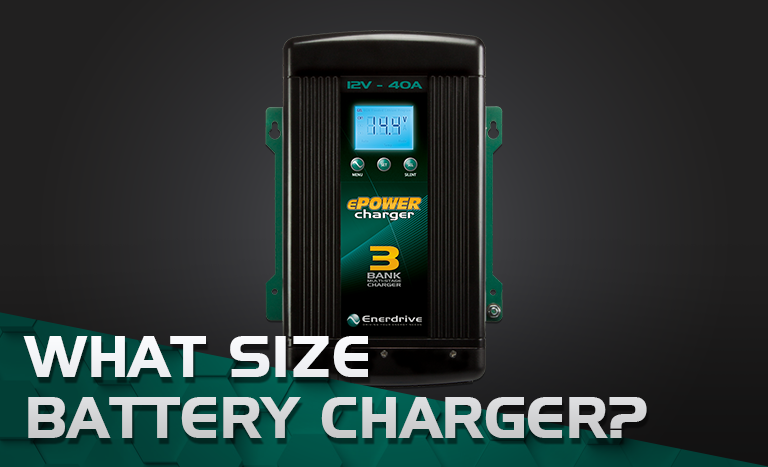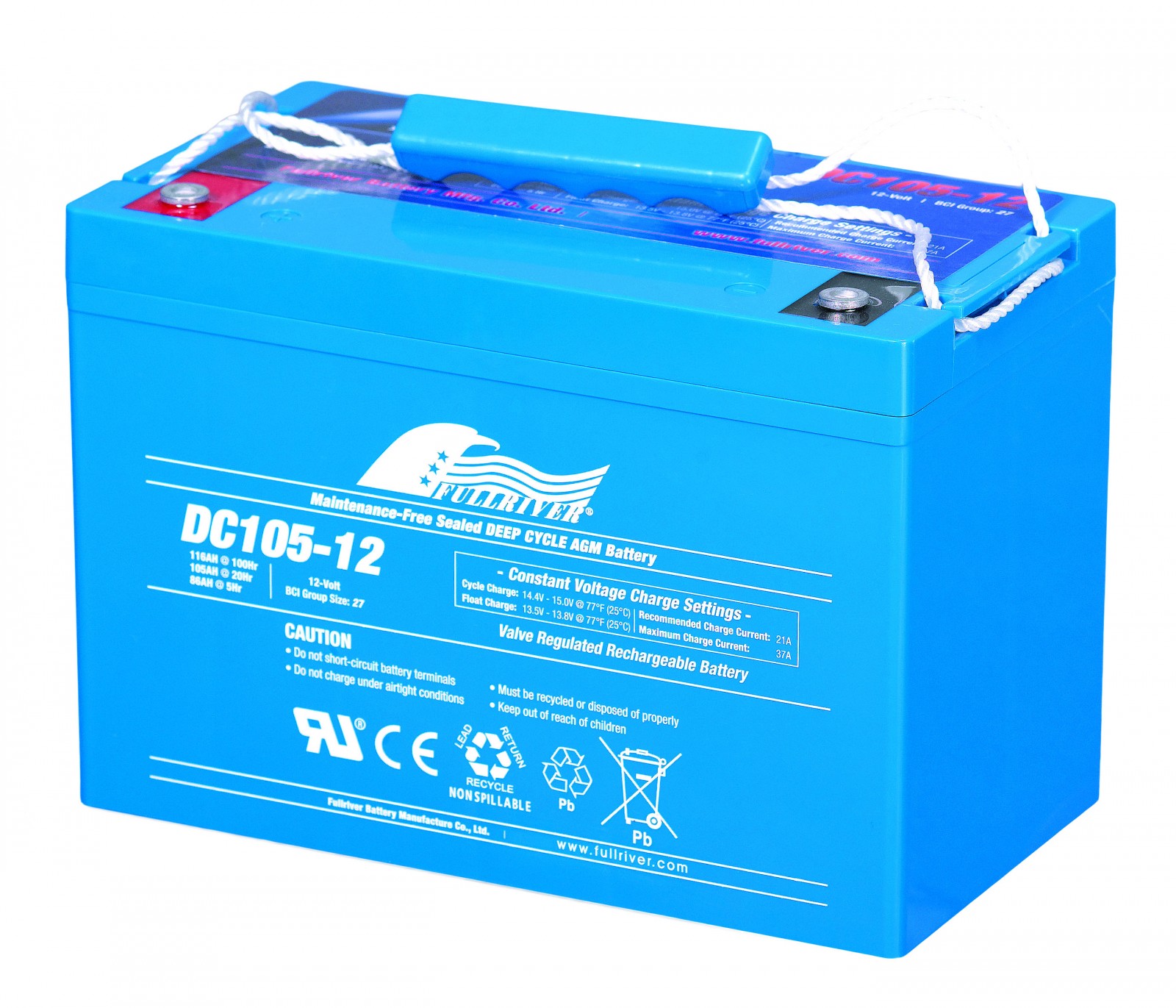The key to any battery charger is the basic operation. When a charging source is operating, it will supply all of the DC loads first and then what is left over will charge the batteries. For example, if you have a load running in the caravan at 10amps, say fridge and a few LED lights and you have a 20amp battery charger installed, 10amps from the charger will supply the load first and the remaining 10amps will charge the battery.
30+ years ago when battery chargers where a single stage static voltage charger, they would charge the battery and switch off. Based on this type of charger, the charger to battery ratio was 10%. With 3 stage temperature compensated “smart chargers” these days, the basic ratio of charger to battery size is now on average 15-25% of the battery capacity. So, let’s take the happy medium 20%. So, for a 100Ah battery, you would select a 20A charger.
Let’s look at charger to battery ratio for lead acid batteries below
- 100Ah Battery Capacity = 20Amp Charger
- 200Ah Battery Capacity = 40Amp Charger
- 300Ah Battery Capacity = 60Amp Charger
Charger to battery ratio for Lithium batteries is based on 30% for maximum performance and lifespan, i.e. 200Ah = 60Amp Charger.
A lot of chargers have the ability to dial down the current output of the charger like the Enerdrive ePOWER range. Both the AC & DC2DC chargers in this range have adjustable current outputs. This allows for installing a bigger charger at the start if you think you may increase your battery capacity at a later date. This way you don’t need to buy another charger and waste money.
Now, most RV’s have multiple charging sources, mains/solar/vehicle charging. If you have the ability to run multiple charge sources at that same time, then these should not exceed 30% of the battery capacity combined for Lead Acid/AGM and 60% for Lithium.
Ultimately, you should contact your battery manufacture and discuss the best charge current required for your specific battery bank for the best overall performance and lifespan.
If you like what you’ve read, you can find even more helpful advice by joining our Enerdrive Unplugged Facebook group! The group is for sharing installations, errors in installations and best practice install guidelines utilising Enerdrive Products across Caravans, Campers and 4WDs. Acting as a space to leave feedback and comments, get inspired and learn from other veteran users along the way!




